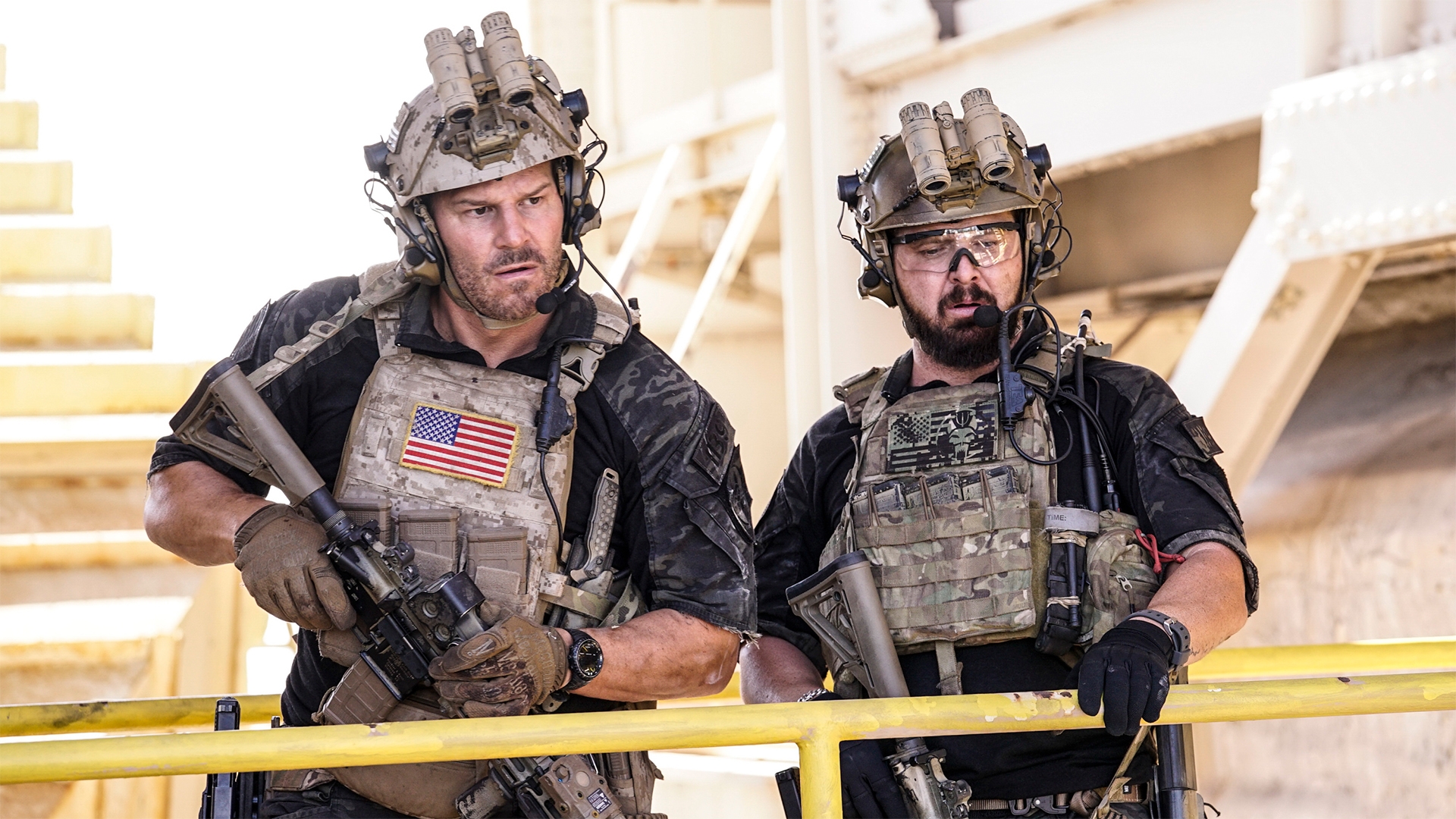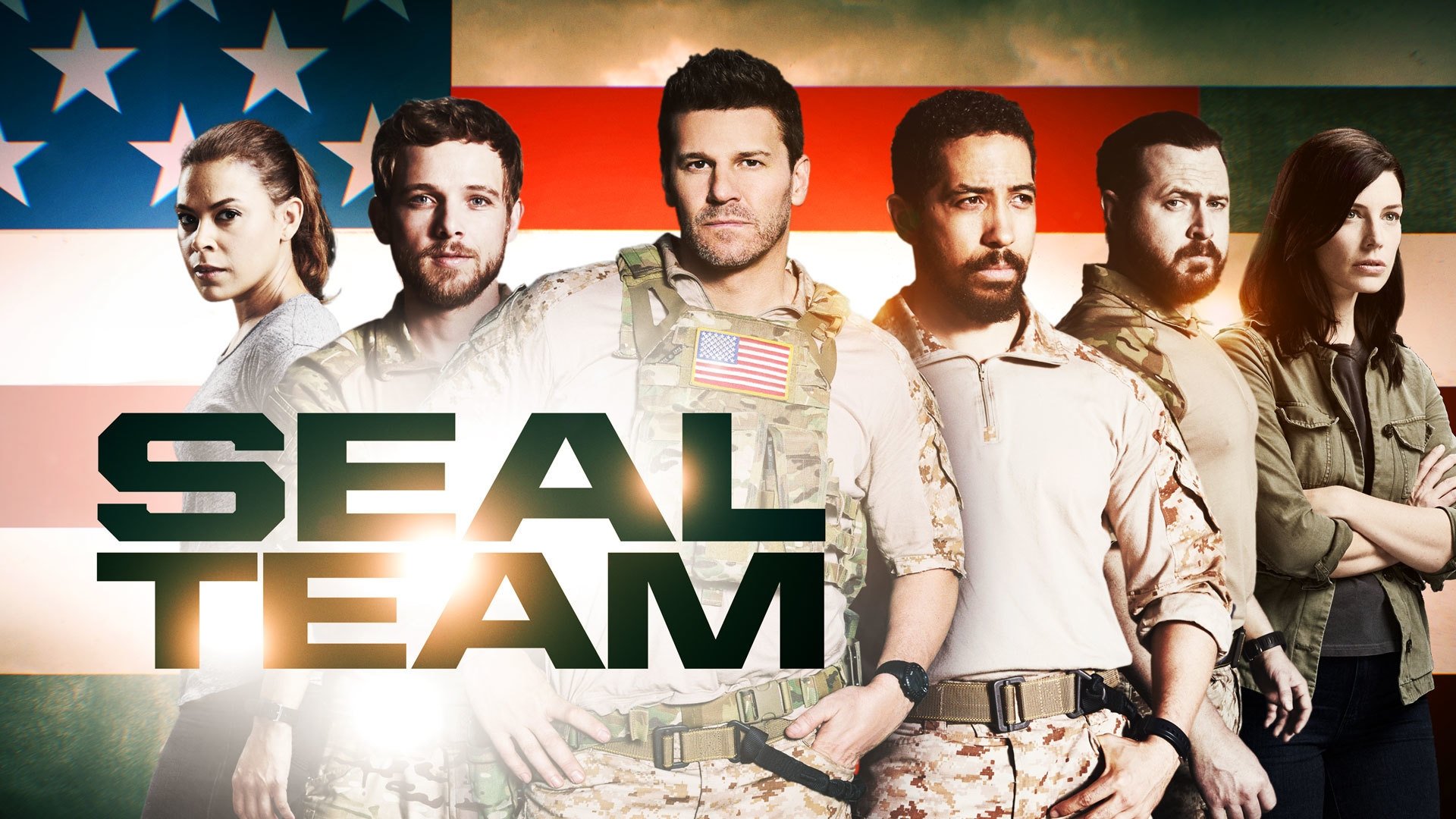Hey there, fellow war enthusiasts and curious minds! If you're diving into this article, chances are you're fascinated by the world of elite warfare. And who wouldn't be? The SEAL Team isn't just a group of soldiers; they're the cream of the crop, the best of the best, the guys you call when the mission is nearly impossible. These warriors don't just wear a uniform; they embody discipline, precision, and unwavering dedication. So, buckle up because we're about to take a deep dive into the world of SEAL Team, where every mission is a test of skill, strategy, and sheer guts.
Now, before we get too deep into the details, let's set the stage. The SEAL Team isn't just another military unit. They're an elite force that operates in the shadows, often behind enemy lines, executing missions that demand stealth, speed, and precision. Whether it's rescuing hostages, gathering intel, or taking out high-value targets, the SEALs are always ready to answer the call. This isn't your average military operation; it's a world where every decision can make or break a mission.
So, why should you care about the SEAL Team? Well, understanding their world gives us a glimpse into the cutting edge of modern warfare. It's not just about the weapons or the tactics; it's about the mindset, the training, and the commitment that sets them apart. If you've ever wondered what it takes to become one of the most respected warriors on the planet, you're in the right place. Let's get started!
Daftar Isi
- The History of SEAL Team
- Training: What It Takes to Be a SEAL
- Missions: The Heart of SEAL Operations
- Equipment: Tools of the Trade
- Psychology of a SEAL
- Leadership in SEAL Team
- Challenges Faced by SEALs
- The Future of SEAL Team
- Biography of Notable SEAL Members
- Wrapping It Up
The History of SEAL Team
The journey of the SEAL Team begins in the murky waters of World War II when the need for specialized maritime operations became evident. The U.S. Navy formed the Naval Combat Demolition Units (NCDUs) to clear obstacles on beaches ahead of amphibious landings. This was the precursor to what would eventually evolve into the SEALs we know today. Over the decades, the SEALs have grown into a formidable force, adapting to the ever-changing landscape of warfare.
By the time the Vietnam War rolled around, the SEALs were fully established as a unit capable of operating in any environment—air, land, or sea. Their ability to adapt and overcome made them invaluable assets in covert operations. The SEALs weren't just about brute force; they were about intelligence, strategy, and precision. Their history is a testament to their evolution from demolition experts to masters of unconventional warfare.
Key Milestones in SEAL Team History
- World War II: Formation of NCDUs.
- 1962: Establishment of SEAL Teams One and Two.
- Vietnam War: SEALs gain prominence in unconventional warfare.
- Post-9/11: SEALs play a crucial role in global counterterrorism efforts.
Training: What It Takes to Be a SEAL
Alright, let's talk about the elephant in the room: SEAL training. It's not for the faint of heart. The journey to becoming a SEAL is a grueling, intense process that tests the limits of human endurance. BUD/S (Basic Underwater Demolition/SEAL) training is where it all begins, and it's no walk in the park. Candidates endure physical and mental challenges that push them to their breaking point and beyond.
But here's the kicker: it's not just about being physically fit. Sure, you need to be in peak condition, but mental toughness is equally important. The ability to think clearly under pressure, make split-second decisions, and maintain composure in the face of danger is what separates the SEALs from the rest.
Key Phases of SEAL Training
- Indoctrination: A taste of what's to come.
- Basic Conditioning: Building physical strength and endurance.
- Diving: Mastering underwater operations.
- Land Warfare: Learning combat skills and tactics.
Missions: The Heart of SEAL Operations
Now that we've covered the history and training, let's talk about what SEALs do best—missions. Whether it's direct action, special reconnaissance, or counterterrorism, the SEALs are always ready to execute with precision. Their ability to operate in hostile environments and complete missions with minimal resources is what sets them apart.
One of the most famous SEAL missions was Operation Neptune Spear, which led to the capture of Osama bin Laden. This operation showcased the SEALs' ability to plan and execute complex missions with pinpoint accuracy. But it's not just about high-profile missions; every operation, no matter how small, is approached with the same level of dedication and professionalism.
Types of SEAL Missions
- Direct Action: Taking out high-value targets.
- Special Reconnaissance: Gathering intelligence.
- Counterterrorism: Neutralizing terrorist threats.
- Unconventional Warfare: Supporting insurgent forces.
Equipment: Tools of the Trade
Let's talk gear. The SEALs don't just rely on their skills; they have some of the most advanced equipment in the military arsenal. From state-of-the-art weapons to cutting-edge communication devices, the SEALs are equipped to handle any situation. Their gear isn't just about flashy gadgets; it's about functionality and reliability in the field.
And let's not forget transportation. Whether it's fast boats, submarines, or helicopters, the SEALs have access to a wide range of vehicles that allow them to reach their objectives quickly and quietly. Every piece of equipment is chosen for its ability to enhance the mission's success.
SEAL Equipment Highlights
- Weapons: MK18 carbine, M4A1, and more.
- Communication: Advanced radios and encryption devices.
- Transportation: RHIBs, submarines, and helicopters.
Psychology of a SEAL
What makes a SEAL tick? It's not just about physical strength; it's about mental fortitude. The psychology of a SEAL is built on a foundation of resilience, adaptability, and focus. They understand that the mind is just as important as the body when it comes to surviving the toughest situations.
SEALs are trained to manage stress, maintain focus under pressure, and make decisions with clarity. This mental toughness is what allows them to excel in high-stakes environments. It's not just about surviving; it's about thriving in the face of adversity.
Leadership in SEAL Team
Leadership is at the core of every successful SEAL mission. The ability to lead by example, make tough decisions, and inspire others is crucial in the SEAL world. Leaders in the SEAL Team are not just commanders; they are mentors, strategists, and motivators.
Effective leadership in the SEALs is about more than giving orders. It's about building trust, fostering teamwork, and ensuring that every member of the team is prepared to face whatever comes their way. Leadership in the SEALs is a two-way street; it's about giving and receiving respect.
Challenges Faced by SEALs
Life as a SEAL isn't easy. The challenges they face are numerous and varied, from the physical toll of constant training to the emotional strain of being away from family. But perhaps the greatest challenge is the psychological burden of knowing that every mission could be their last.
Despite these challenges, SEALs remain committed to their mission and their team. They understand that the sacrifices they make are for a greater purpose. It's this sense of duty and honor that keeps them going, even when the odds are stacked against them.
The Future of SEAL Team
As we look to the future, the role of the SEAL Team is more important than ever. With the rise of new threats and technologies, the SEALs will continue to evolve, adapting to the changing landscape of warfare. They'll be at the forefront of developing new tactics, technologies, and strategies to ensure they remain the world's premier special operations force.
The future of the SEALs is bright, and their legacy will continue to inspire generations to come. They are the epitome of what it means to be a warrior, and their impact on the world of warfare will be felt for years to come.
Biography of Notable SEAL Members
Biography Table
| Name | Rank | Notable Achievements |
|---|---|---|
| Chris Kyle | Chief Petty Officer | Renowned sniper, author of "American Sniper" |
| Robert O'Neill | Senior Chief Petty Officer | Shooter credited with neutralizing Osama bin Laden |
| Brandon Webb | Master Chief Petty Officer | Sniper instructor, author, and entrepreneur |
Wrapping It Up
So, there you have it—a comprehensive dive into the world of SEAL Team. From their rich history to their cutting-edge training, from their daring missions to their advanced equipment, the SEALs are a force to be reckoned with. They embody the spirit of elite warfare, and their impact on global security cannot be overstated.
As we wrap up, I want to leave you with this thought: the SEALs aren't just warriors; they're symbols of resilience, dedication, and sacrifice. They remind us that even in the face of overwhelming odds, determination and teamwork can achieve the impossible. So, whether you're a fan of military history or just curious about the world of elite warfare, the SEAL Team is a subject worth exploring.
Now, it's your turn. What do you think about the SEAL Team? Share your thoughts in the comments below, and don't forget to check out our other articles for more insights into the world of military and beyond. Stay curious, stay informed, and keep pushing the limits! Over and out!


